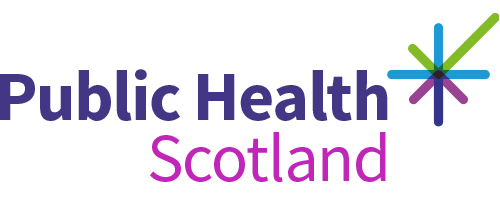- Published
- 28 September 2020
- Journal article
Trajectory of COVID-19 epidemic in Europe [pre-print]
- Authors
- Source
- medRxiv
Abstract
The classic Susceptible-Infected-Recovered model formulated by Kermack and McKendrick assumes that all individuals in the population are equally susceptible to infection. From fitting such a model to the trajectory of mortality from COVID-19 in 11 European countries up to 4 May 2020 Flaxman et al. concluded that “major non-pharmaceutical interventions – and lockdowns in particular – have had a large effect on reducing transmission”. We show that relaxing the assumption of homogeneity to allow for individual variation in susceptibility or connectivity gives a model that has better fit to the data and more accurate 14-day forward prediction of mortality. Allowing for heterogeneity reduces the estimate of “counterfactual” deaths that would have occurred if there had been no interventions from 3.2 million to 262,000, implying that most of the slowing and reversal of COVID-19 mortality is explained by the build-up of herd immunity. The estimate of the herd immunity threshold depends on the value specified for the infection fatality ratio (IFR): a value of 0.3% for the IFR gives 15% for the average herd immunity threshold.
Cite as
Colombo, M., Mellor, J., Colhoun, H., Gomes, M. & McKeigue, P. 2020, 'Trajectory of COVID-19 epidemic in Europe [pre-print]'. To be published in medRxiv [Preprint]. Available at: https://doi.org/10.1101/2020.09.26.20202267
Downloadable citations
Download HTML citationHTML Download BIB citationBIB Download RIS citationRISIdentifiers
- Repository URI
- https://strathprints.strath.ac.uk/93415/
